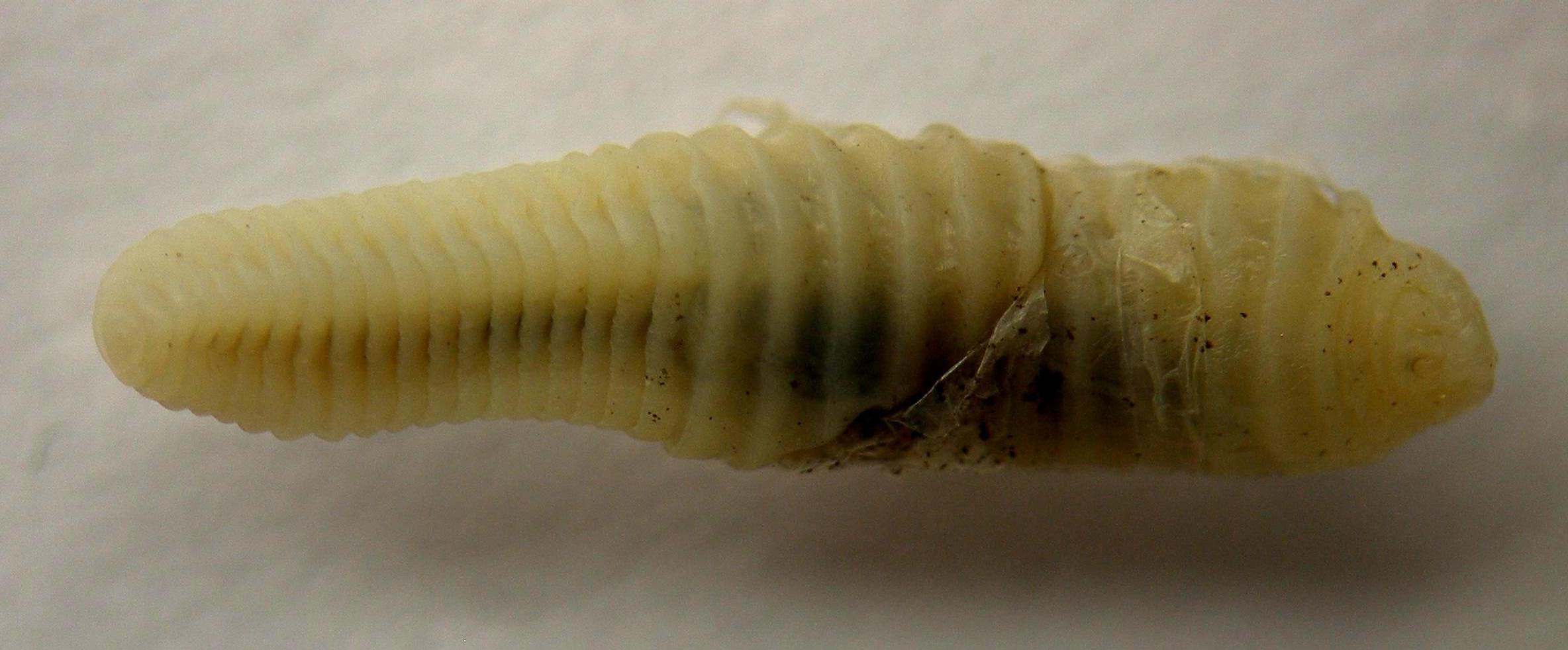|
Porocephalida
Porocephalida is an Order (biology), order of tongue worms. Some species in this order, such as ''Armillifer grandis'', have been found in vipers, with some found in vipers from Bushmeat, bushmeat markets. Superfamilies and families There are four families recognised in the order Porocephalida. * Linguatuloidea ** Linguatulidae ** Subtriquetridae * Porocephaloidea ** Porocephalidae ** Sebekidae References Crustacean orders {{Crustacean-stub ... [...More Info...] [...Related Items...] OR: [Wikipedia] [Google] [Baidu] |
Porocephalidae
Porocephalidae is a family of crustaceans belonging to the order Porocephalida. Genera: * ''Armillifer'' Sambon, 1922 * ''Cubirea'' Kishida, 1928 * ''Elenia (crustacean), Elenia'' Heymons, 1932 * ''Gigliolella'' Chabaud & Choquet, 1954 * ''Kiricephalus'' Sambon, 1922 * ''Parasambonia'' Stunkard & Gandal, 1968 * ''Polystoma'' 2020 * ''Porocephalus'' Humboldt, 1812 * ''Waddycephalus'' Sambon, 1922 References {{Taxonbar, from=Q4309063 Crustaceans ... [...More Info...] [...Related Items...] OR: [Wikipedia] [Google] [Baidu] |
Tongue Worms
The Pentastomida are an enigmatic group of parasitic arthropods commonly known as tongue worms due to the resemblance of the species of the genus ''Linguatula'' to a vertebrate tongue; molecular studies point to them being degenerate crustaceans. About 130 species of pentastomids are known; all are obligate parasites with correspondingly degenerate anatomy. Adult tongue worms vary from about in length, and parasitise the respiratory tracts of vertebrates. They have five anterior appendages. One is the mouth; the others are two pairs of hooks, which they use to attach to the host. This arrangement led to their scientific name, meaning "five openings", but although the appendages are similar in some species, only one is a mouth. Taxonomy Historically significant accounts of tongue worm biology and systematics include early work by Josef Aloys Frölich, Alexander von Humboldt, Karl Asmund Rudolphi, Karl Moriz Diesing and Rudolph Leuckart. Other important summaries have been ... [...More Info...] [...Related Items...] OR: [Wikipedia] [Google] [Baidu] |
Linguatulidae
Linguatulidae is a family of crustaceans belonging to the order Porocephalida. Genera There following genera are recognised in the family Linguatulidae: * ''Linguatula ''Linguatula'' is a genus of crustaceans belonging to the family Linguatulidae. The genus has a cosmopolitan distribution. Species There are four species recognised in the genus ''Linguatula'': *''Linguatula arctica'' *''Linguatula multiannulat ...'' Frölich, 1789 * '' Neolinguatula'' Haffner & Rack, 1969 * '' Tetragulus'' Bosc, 1811 References {{Authority control Crustacean families Taxa named by Samuel Stehman Haldeman ... [...More Info...] [...Related Items...] OR: [Wikipedia] [Google] [Baidu] |
Subtriquetridae
Subtriquetridae is a family of crustaceans belonging to the order Porocephalida Porocephalida is an Order (biology), order of tongue worms. Some species in this order, such as ''Armillifer grandis'', have been found in vipers, with some found in vipers from Bushmeat, bushmeat markets. Superfamilies and families There are .... Genera: * '' Subtriquetra'' Sambon, 1922 References Crustaceans Taxa described in 1961 {{crustacean-stub ... [...More Info...] [...Related Items...] OR: [Wikipedia] [Google] [Baidu] |
Armillifer Grandis
''Armillifer grandis'' is a species of tongue worm in the subclass Pentastomida found in tropical Central and West Africa. Its typical definitive hosts are viperid snakes (such as ''Bitis gabonica, Bitis nasicornis'', and ''Cerastes cerastes ''Cerastes cerastes'', commonly known as the Saharan horned viperMallow D, Ludwig D, Nilson G. (2003). ''True Vipers: Natural History and Toxinology of Old World Vipers''. Malabar, Florida: Krieger Publishing Company. . or the desert horned viper ...''), while rodents are presumed to act as intermediate hosts. Humans may become accidentally infected by the eggs, particularly if consuming (or otherwise contacting) infected snakes. Ingested eggs develop into nymphs that invade different visceral organs, causing a disease that is often called porocephalosis. Most human infections are asymptomatic, some are debilitating, or rarely even lethal. Abdominal infections are more widespread, but typically undiagnosed, while ocular manifestations ... [...More Info...] [...Related Items...] OR: [Wikipedia] [Google] [Baidu] |
Order (biology)
Order ( la, wikt:ordo#Latin, ordo) is one of the eight major hierarchical taxonomic ranks in Linnaean taxonomy. It is classified between Family_(biology), family and Class_(biology), class. In biological classification, the order is a taxonomic rank used in the classification of organisms and recognized by the nomenclature codes. An immediately higher rank, superorder, is sometimes added directly above order, with suborder directly beneath order. An order can also be defined as a group of related families. What does and does not belong to each order is determined by a taxonomist, as is whether a particular order should be recognized at all. Often there is no exact agreement, with different taxonomists each taking a different position. There are no hard rules that a taxonomist needs to follow in describing or recognizing an order. Some taxa are accepted almost universally, while others are recognized only rarely. The name of an order is usually written with a capital letter. Fo ... [...More Info...] [...Related Items...] OR: [Wikipedia] [Google] [Baidu] |
Bushmeat
Bushmeat is meat from wildlife species that are hunted for human consumption, most often referring to the meat of game in Africa. Bushmeat represents a primary source of animal protein and a cash-earning commodity for inhabitants of humid tropical forest regions in Africa, Latin America and Asia. Bushmeat is an important food resource for poor people, particularly in rural areas. The numbers of animals killed and traded as bushmeat in the 1990s in West and Central Africa were thought to be unsustainable. By 2005, commercial harvesting and trading of bushmeat was considered a threat to biodiversity. As of 2016, 301 terrestrial mammals were threatened with extinction due to hunting for bushmeat including primates, even-toed ungulates, bats, diprotodont marsupials, rodents and carnivores occurring in developing countries. Bushmeat provides increased opportunity for transmission of several zoonotic viruses from animal hosts to humans, such as Ebolavirus and HIV. Nomenclature The ... [...More Info...] [...Related Items...] OR: [Wikipedia] [Google] [Baidu] |



